Charles E W Bean, Diaries, AWM38 3DRL 606/246/1 - 1916 - 1929 - Part 1
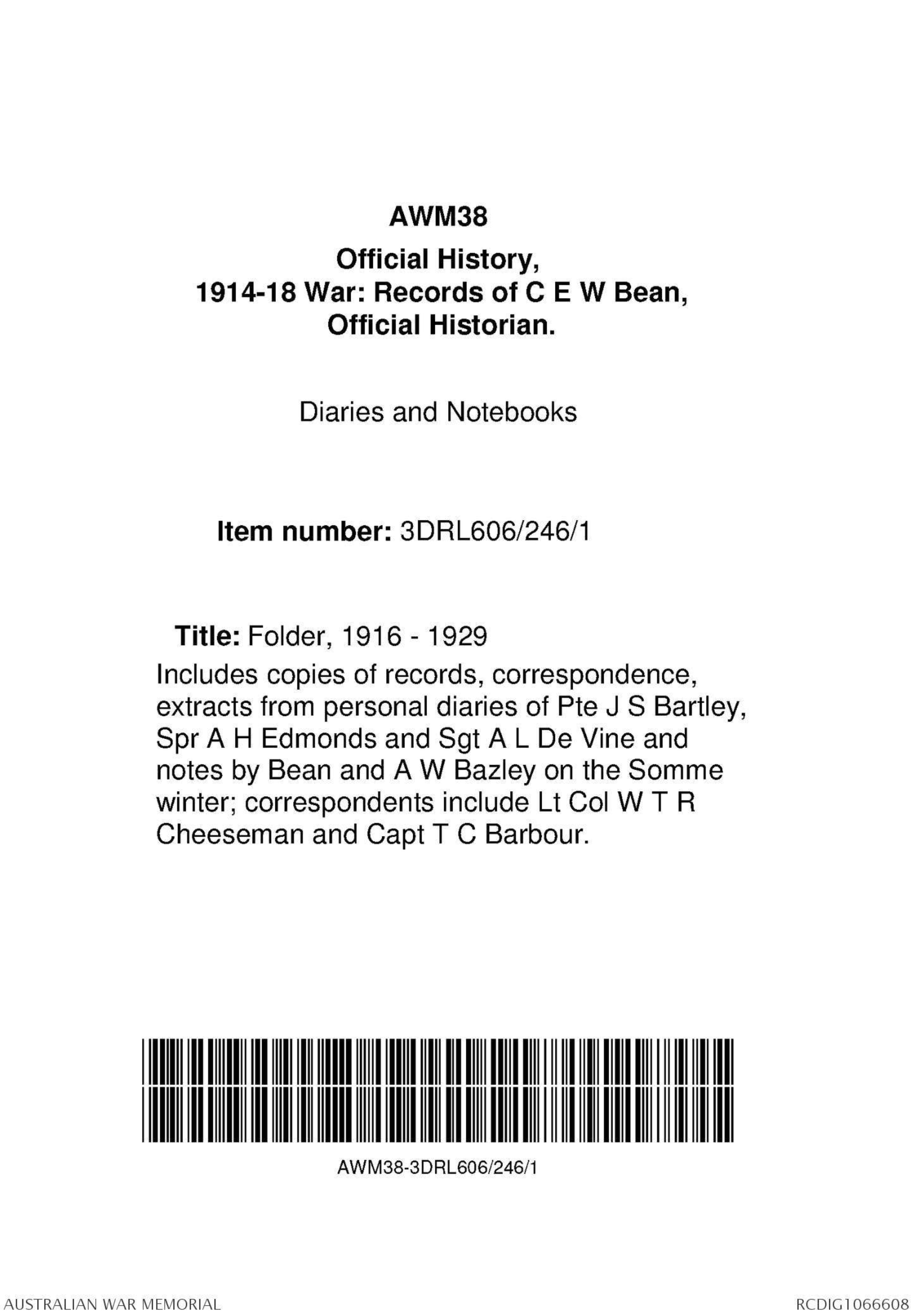
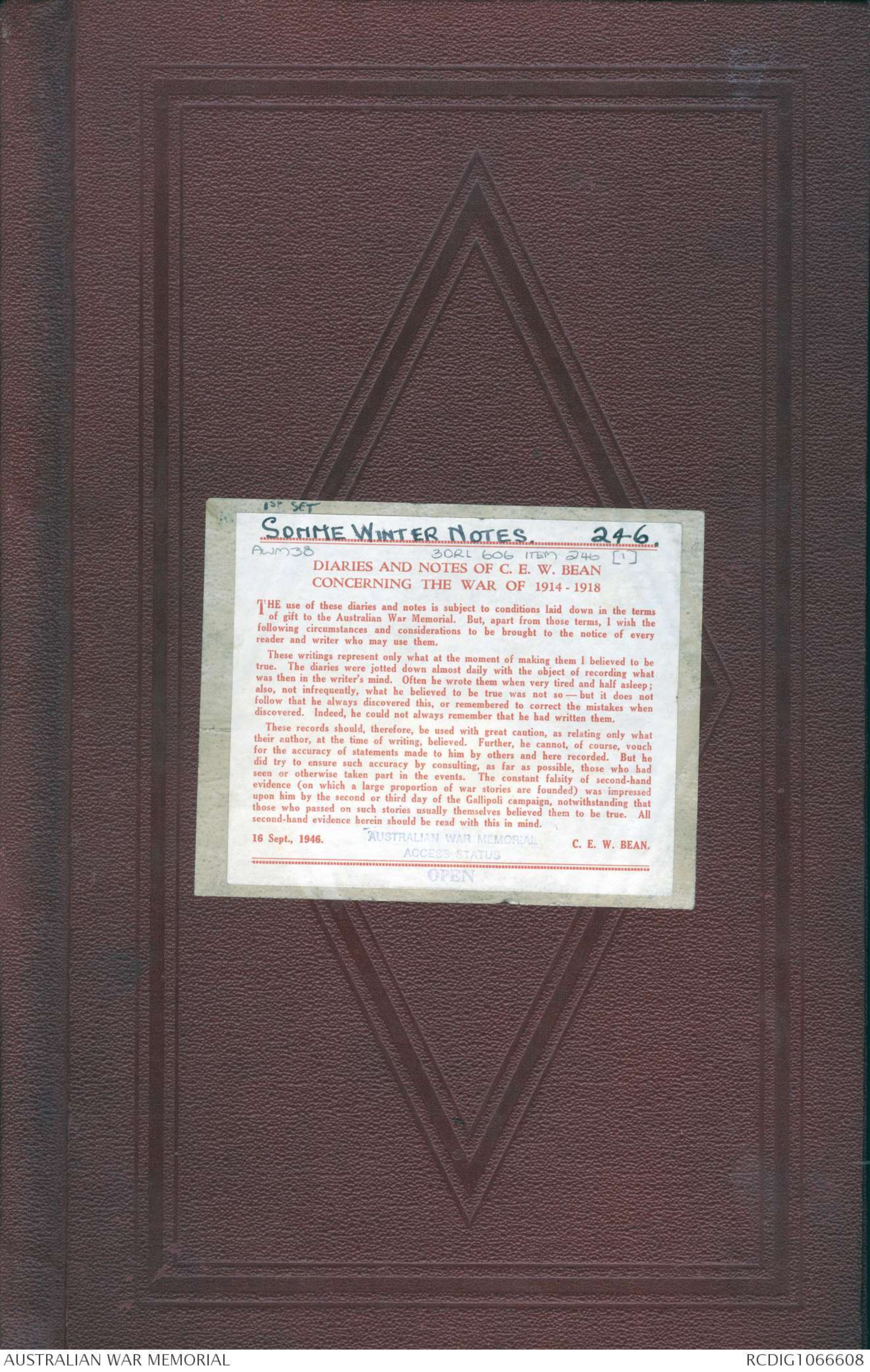

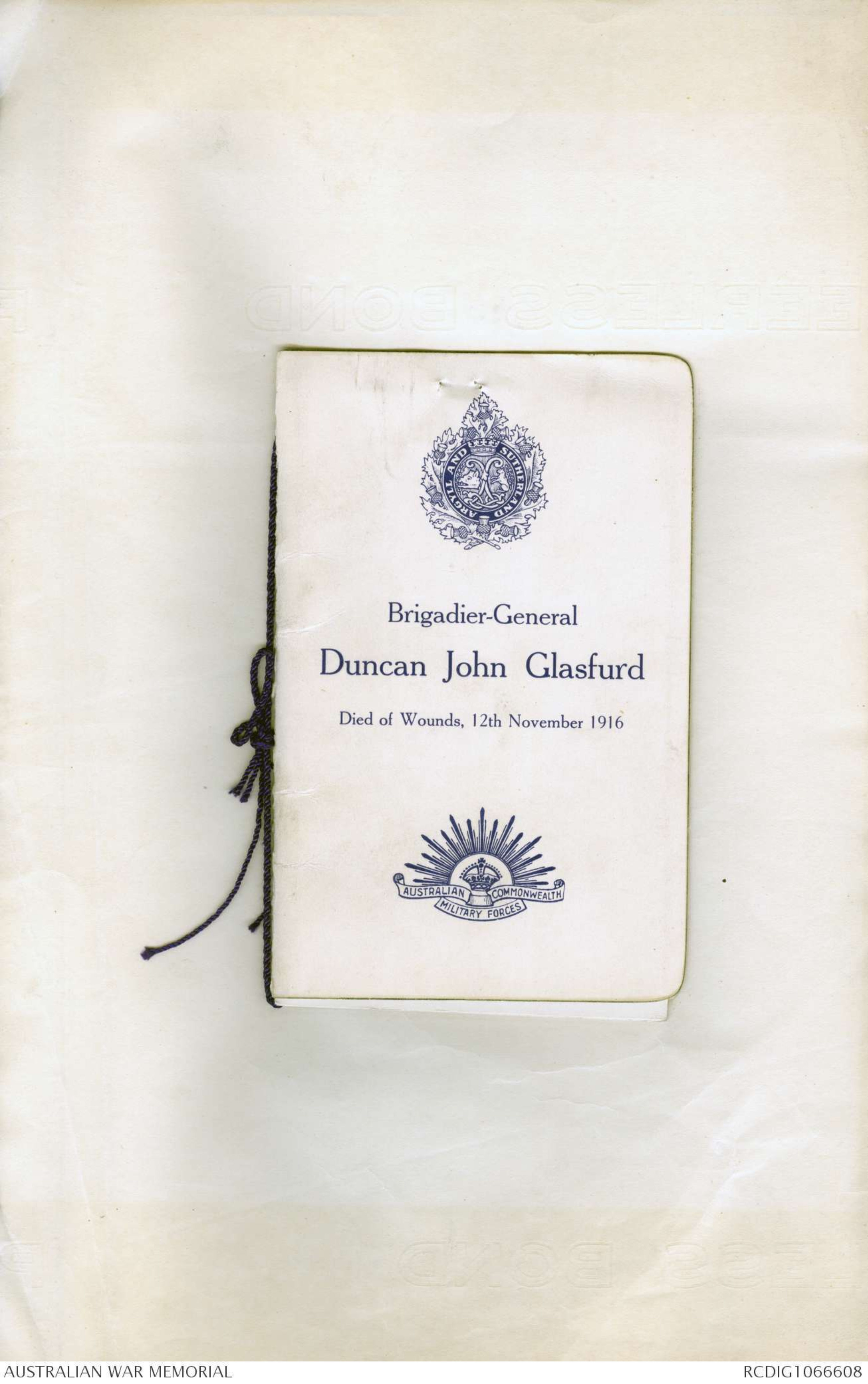
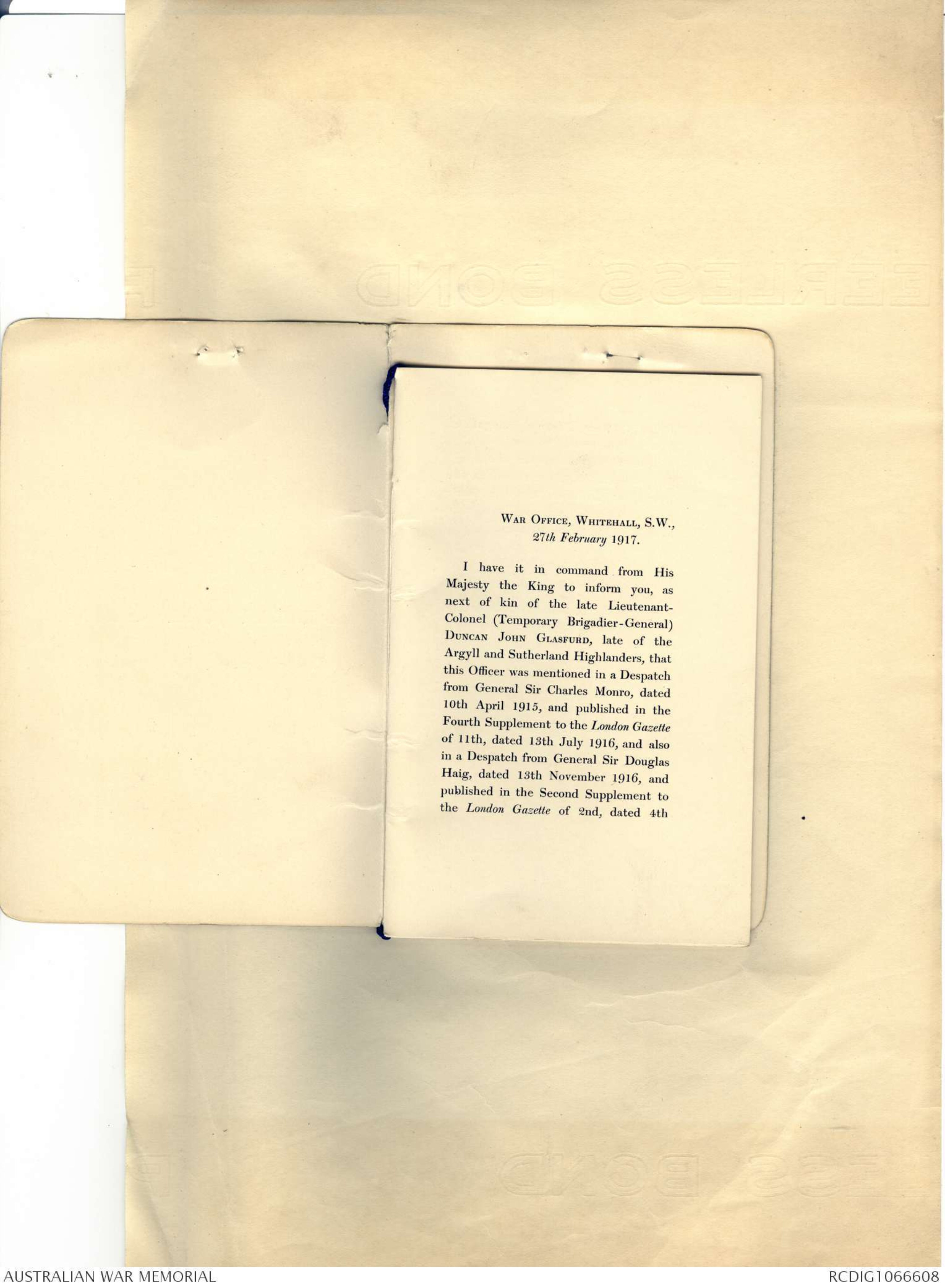
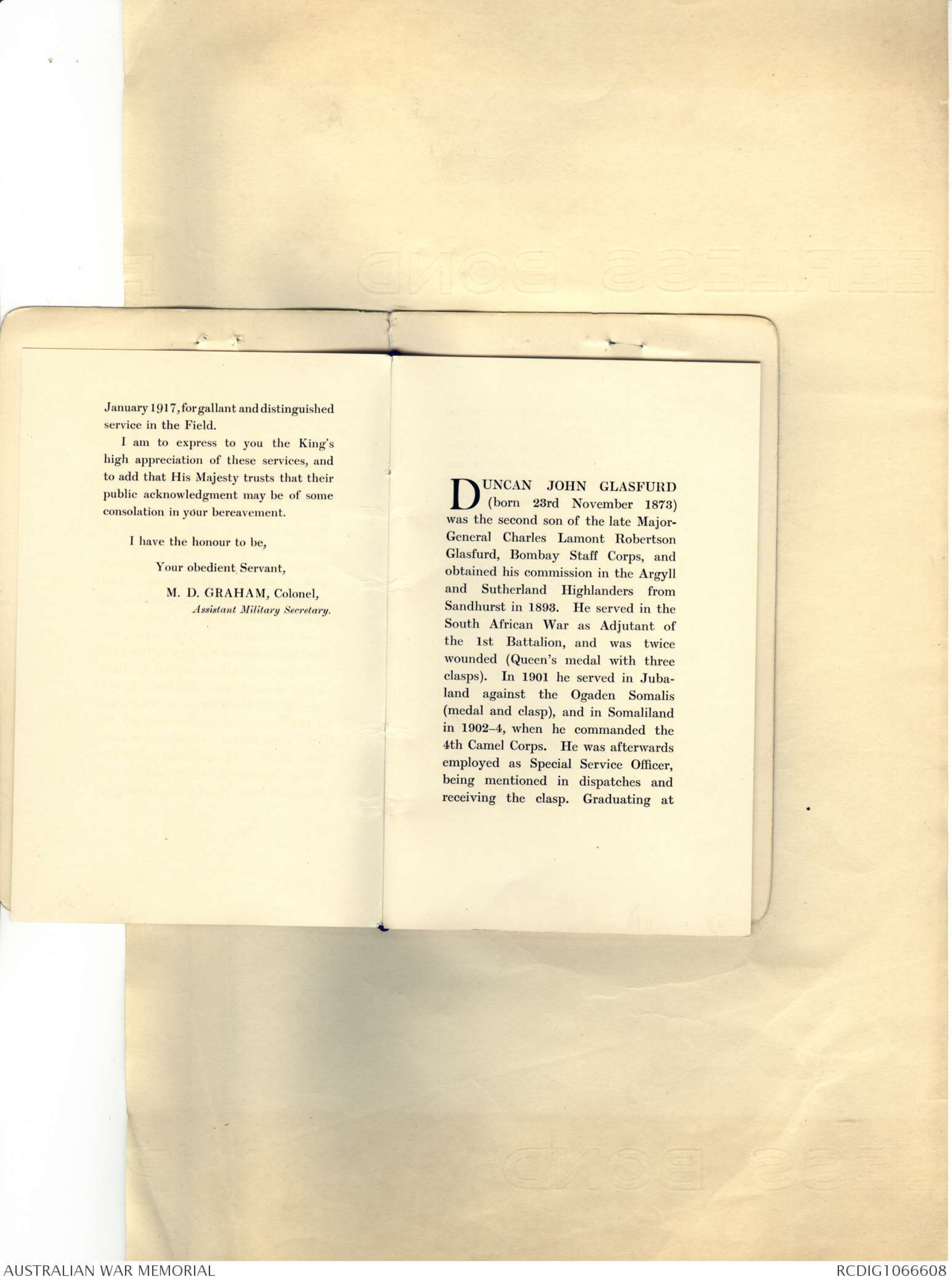
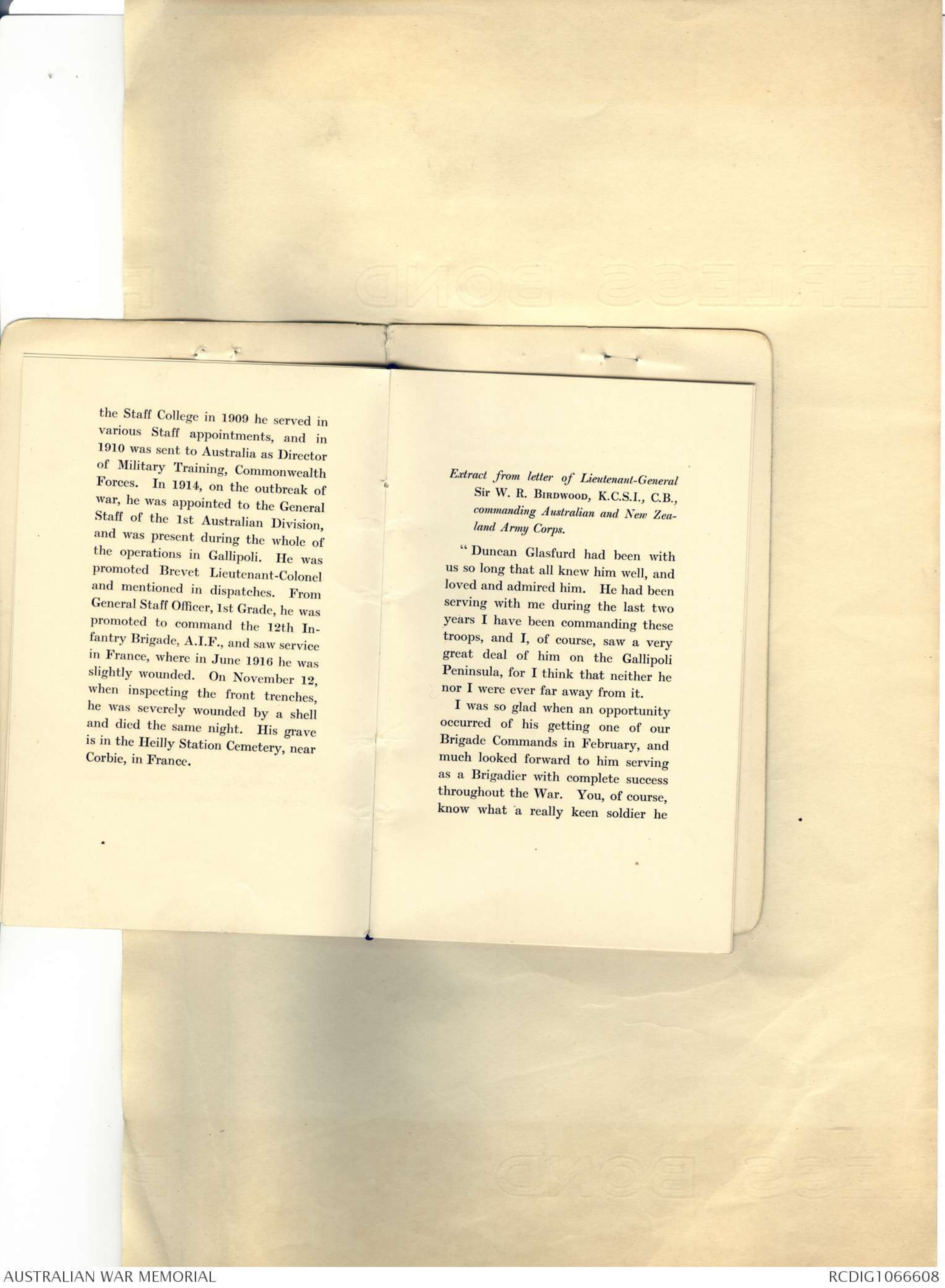
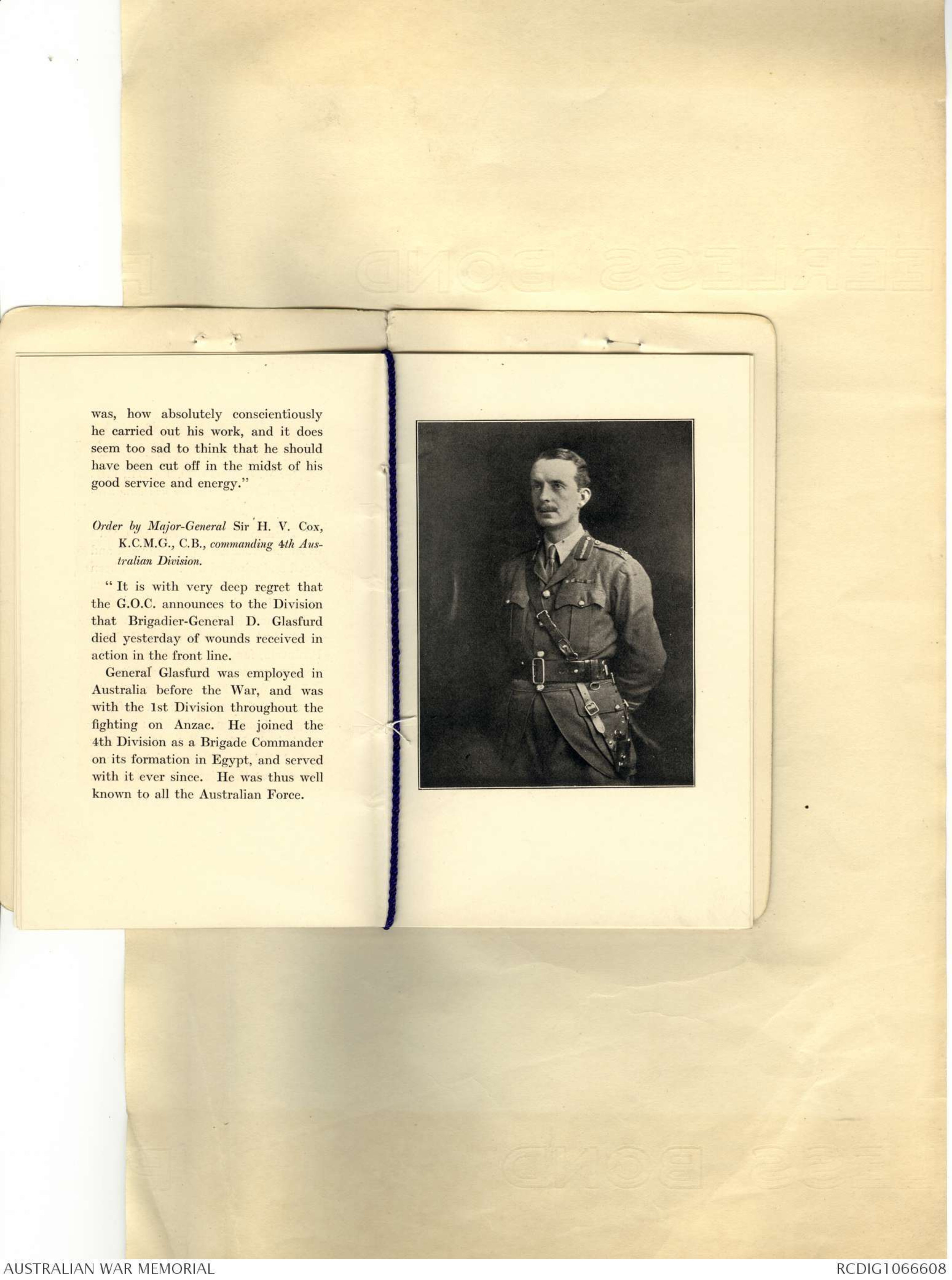
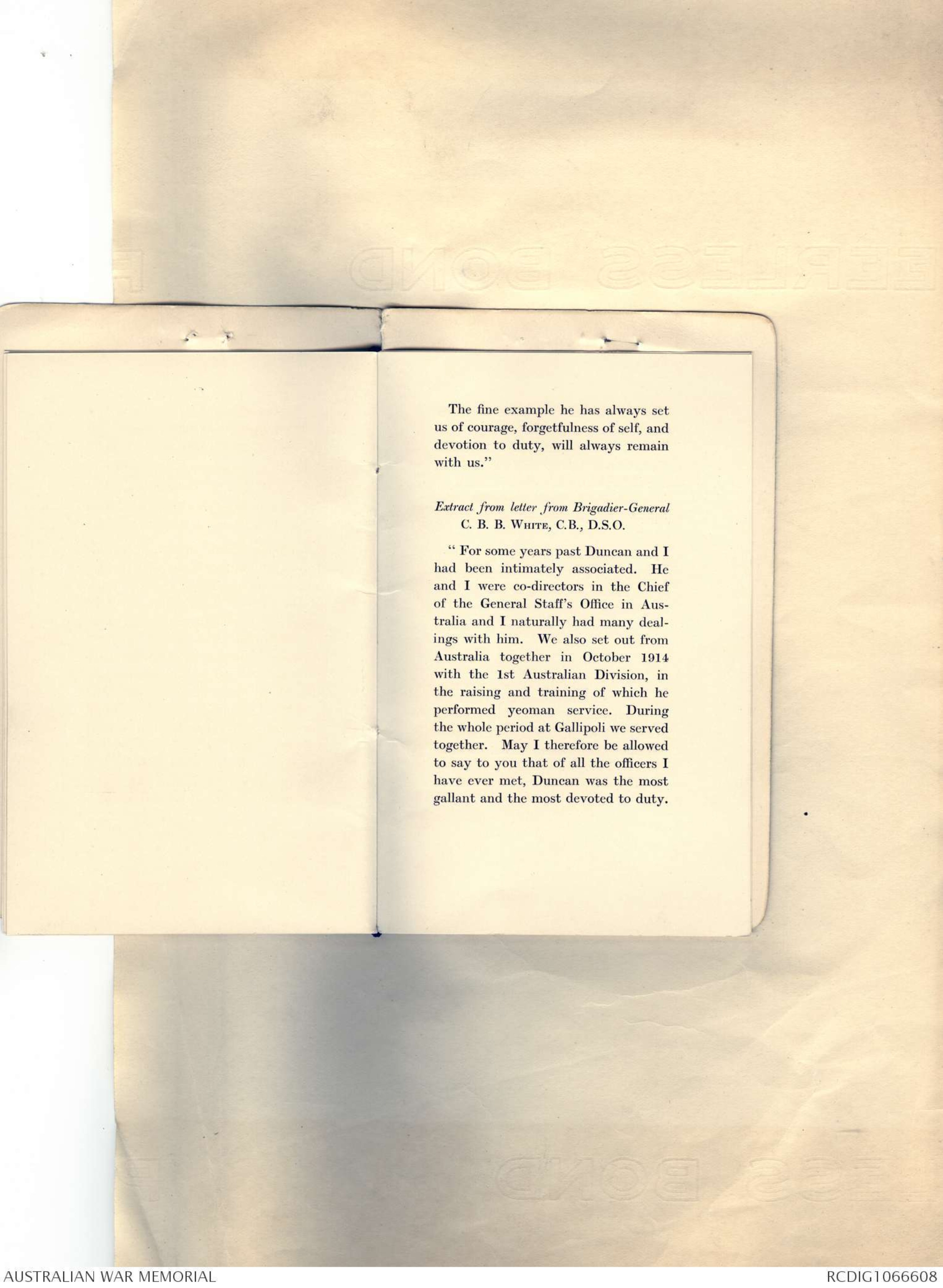
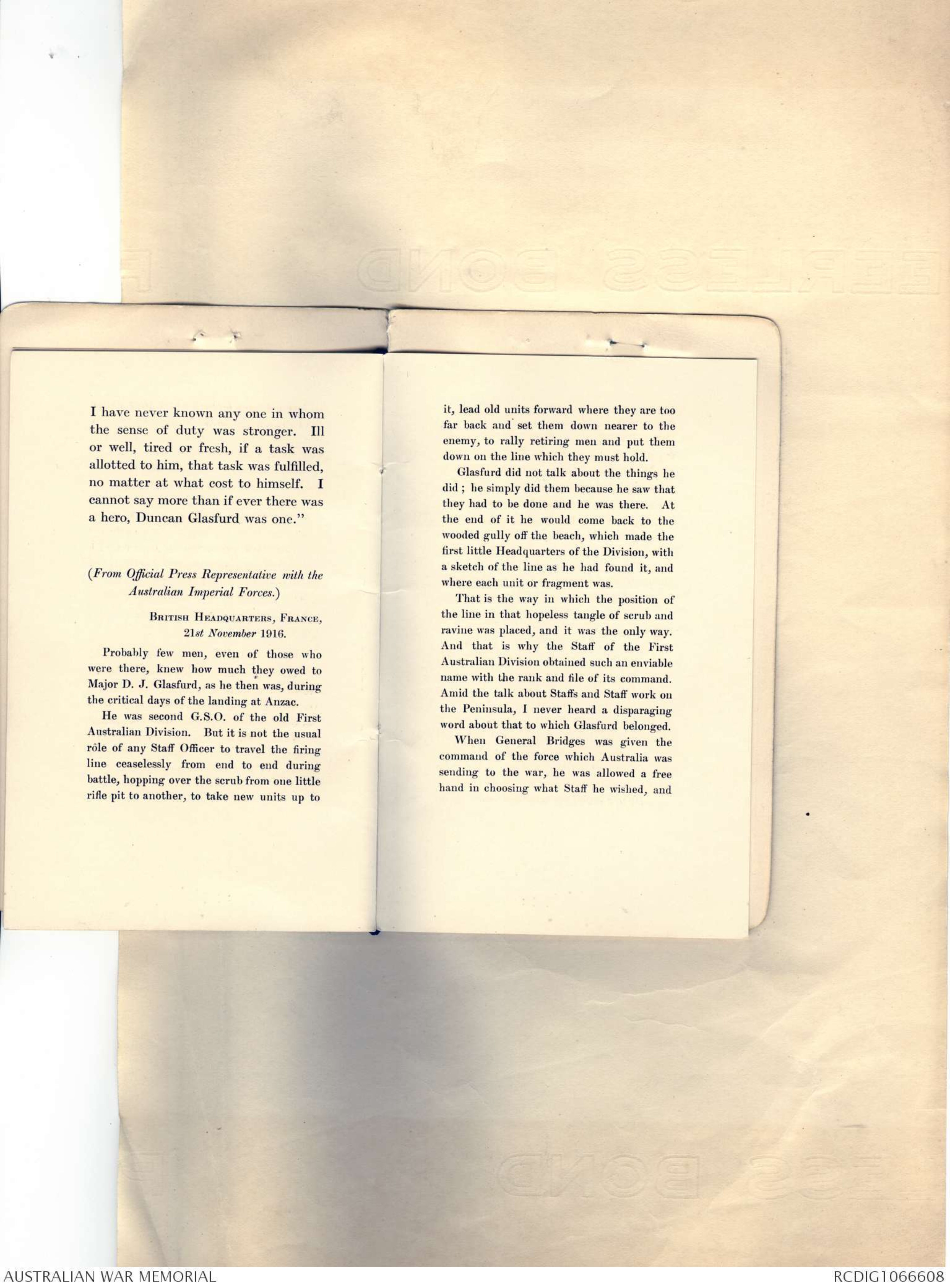
AWM38
Official History,
1914-18 War: Records of C E W Bean,
Official Historian.
Diaries and Notebooks
Item number: 3DRL606/246/1
Title: Folder, 1916 - 1929
Includes copies of records, correspondence,
extracts from personal diaries of Pte J S Bartley,
Spr A H Edmonds and Sgt A L De Vine and
notes by Bean and A W Bazley on the Somme
winter; correspondents include Lt Col W T R
Cheeseman and Capt T C Barbour.
AWM38-3DRL606/246/1
1st set
SOMME WINTER NOTES. 246.
AWM38
3DRL 606 ITEM 246 [1]
DIARIES AND NOTES OF C. E. W. BEAN
CONCERNING THE WAR OF 1914 - 1918
THE use of these diaries and notes is subject to conditions laid down in the terms
of gift to the Australian War Memorial. But, apart from those terms, I wish the
following circumstances and considerations to be brought to the notice of every
reader and writer who may use them.
These writings represent only what at the moment of making them I believed to be
true. The diaries were jotted down almost daily with the object of recording what
was then in the writer's mind. Often he wrote them when very tired and half asleep;
also, not infrequently, what he believed to be true was not so - but it does not
follow that he always discovered this, or remembered to correct the mistakes when
discovered. Indeed, he could not always remember that he had written them.
These records should, therefore, be used with great caution, as relating only what
their author, at the time of writing, believed. Further, he cannot, of course, vouch
for the accuracy of statements made to him by others and here recorded. But he
did try to ensure such accuracy by consulting, as far as possible, those who had
seen or otherwise taken part in the events. The constant falsity of second-hand
evidence (on which a large proportion of war stores are founded) was impressed
upon him by the second or third day of the Gallipoli campaign, notwithstanding that
those who passed on such stories usually themselves believed them to be true. All
second-hand evidence herein should be read with this in mind.
16 Sept., 1946.
C. E. W. BEAN.
AUSTRALIAN WAR MEMORIAL
ACCESS STATUS
OPEN
3rd Bn. raid on Lard Trench 5/11/16
One of the leading bayonet men, on meeting the first German,
pushed a bayonet in his face and pulled the trigger at the
same time.
A soldier with less experience than the other found a German in
a shelter & reported the fact to his sergeant. The sergeant told him
to "fix" the German, but the private said he couldn't kill a man that
way. "Go on", said the sergeant, "you haven't killed one yet; I'll
give you one more chance & then I'll fix him myself." The
other still delayed, so the sergeant stuck his bayonet through
the blanket & the German.
Sgt Yorke, killed at Bullecourt in 1917
ARGYLL AND SUTHERLAND
Brigadier-General
Duncan John Glasfurd
Died of Wounds, 12th November 1916
AUSTRALIAN COMMONWEALTH
MILITARY FORCES
WAR OFFICE, WHITEHALL, S.W.,
27th February 1917.
I have it in command from His
Majesty the King to inform you, as
next of kin of the late Lieutenant-
Colonel (Temporary Brigadier-General)
DUNCAN JOHN GLASFURD, late of the
Argyll and Sutherland Highlanders, that
this Officer was mentioned in a Despatch
from General Sir Charles Monro, dated
10th April 1915, and published in the
Fourth Supplement to the London Gazette
of 11th, dated 13th July 1916, and also
in a Despatch from General Sir Douglas
Haig, dated 13th November 1916, and
published in the Second Supplement to
the London Gazette of 2nd, dated 4th
January 1917, for gallant and distinguished
service in the Field.
I am to express to you the King's
high appreciation of these services, and
to add that His Majesty trusts that their
public acknowledgment may be of some
consolation in your bereavement.
I have the honour to be,
Your obedient Servant,
M. D. GRAHAM, Colonel,
Assistant Military Secretary.
DUNCAN JOHN GLASFURD
(born 23rd November 1873)
was the second son of the late Major-
General Charles Lamont Robertson
Glasfurd, Bombay Staff Corps, and
obtained his commission in the Argyll
and Sutherland Highlanders from
Sandhurst in 1893. He served in the
South African War as Adjutant of
the 1st Battalion, and was twice
wounded (Queen's medal with three
clasps). In 1901 he served in Jubaland
against the Ogaden Somalis
(medal and clasp), and in Somaliland
in 1902-4, when he commanded the
4th Camel Corps. He was afterwards
employed as Special Service Officer,
being mentioned in dispatches and
receiving the clasp. Graduating at
the Staff College in 1909 he served in
various Staff appointments, and in
1910 was sent to Australia as Director
of Military Training, Commonwealth
Forces. In 1914, on the outbreak of
war, he was appointed to the General
Staff of the 1st Australian Division,
and was present during the whole of
the operations in Gallipoli. He was
promoted Brevet Lieutenant-Colonel
and mentioned in dispatches. From
General Staff Officer, 1st Grade, he was
promoted to command the 12th Infantry
Brigade, A.I.F., and saw service
in France, where in June 1916 he was
slightly wounded. On November 12,
when inspecting the front trenches,
he was severely wounded by a shell
and died the same night. His grave
is in the Heilly Station Cemetery, near
Corbie, in France.
Extract from letter of Lieutenant-General
Sir W. R. BIRDWOOD, K.C.S.I., C.B.,
commanding Australian and New Zealand
Army Corps.
"Duncan Glasfurd had been with
us so long that all knew him well, and
loved and admired him. He had been
serving with me during the last two
years I have been commanding these
troops, and I, of course, saw a very
great deal of him on the Gallipoli
Peninsula, for I think that neither he
nor I were ever far away from it.
I was so glad when an opportunity
occurred of his getting one of our
Brigade Commands in February, and
much looked forward to him serving
as a Brigadier with complete success
throughout the War. You, of course,
know what a really keen soldier he
was, how absolutely conscientiously
he carried out his work, and it does
seem too sad to think that he should
have been cut off in the midst of his
good service and energy."
Order by Major-General Sir H. V. Cox,
K.C.M.G., C.B., commanding 4th Australian
Division.
It is with very deep regret that
the G.O.C. announces to the Division
that Brigadier-General D. Glasfurd
died yesterday of wounds received in
action in the front line.
General Glasfurd was employed in
Australia before the War, and was
with the 1st Division throughout the
fighting on Anzac. He joined the
4th Division as a Brigade Commander
on its formation in Egypt, and served
with it ever since. He was thus well
known to all the Australian Force.
Photograph - see original document
The fine example he has always set
us of courage, forgetfulness of self, and
devotion to duty, will always remain
with us."
Extract from letter from Brigadier-General
C. B. B. White, C.B., D.S.O.
"For some years past Duncan and I
had been intimately associated. He
and I were co-directors in the Chief
of the General Staff's Office in Australia
and I naturally had many dealings
with him. We also set out from
Australia together in October 1914
with the 1st Australian Division, in
the raising and training of which he
performed yeoman service. During
the whole period at Gallipoli we served
together. May I therefore be allowed
to say to you that of all the officers I
have ever met, Duncan was the most
gallant and the most devoted to duty.
I have never known any one in whom
the sense of duty was stronger. Ill
or well, tired or fresh, if a task was
allotted to him, that task was fulfilled,
no matter at what cost to himself. I
cannot say more than if ever there was
a hero, Duncan Glasfurd was one."
(From Official Press Representative with the
Australian Imperial Forces)
BRITISH HEADQUARTERS, FRANCE,
21st November 1916.
Probably few men, even of those who
were there, knew how much they owed to
Major D. J. Glasfurd, as he then was, during
the critical days of the landing at Anzac.
He was second G.S.O. of the old First
Australian Division. But it is not the usual
role of any Staff Officer to travel the firing
line ceaselessly from end to end during
battle, hopping over the scrub from one little
rifle pit to another, to take new units up to
it, lead old units forward where they are too
far back and set them down nearer to the
enemy, to rally retiring men and put them
down on the line which they must hold.
Glasfurd did not talk about the things he
did; he simply did them because he saw that
they had to be done and he was there. At
the end of it he would come back to the
wooded gully off the beach, which made the
first little Headquarters of the Division, with
a sketch of the line as he had found it, and
where each unit or fragment was.
That is the way in which the position of
the line in that hopeless tangle of scrub and
ravine was placed, and it was the only way.
And that is why the Staff of the First
Australian Division obtained such an enviable
name with the rank and file of its command.
Amid the talk about Staffs and Staff work on
the Peninsula, I never heard a disparaging
word about that to which Glasfurd belonged.
When General Bridges was given the
command of the force which Australia was
sending to the war, he was allowed a free
hand in choosing what Staff he wished, and
 Deb Parkinson
Deb ParkinsonThis transcription item is now locked to you for editing. To release the lock either Save your changes or Cancel.
This lock will be automatically released after 60 minutes of inactivity.